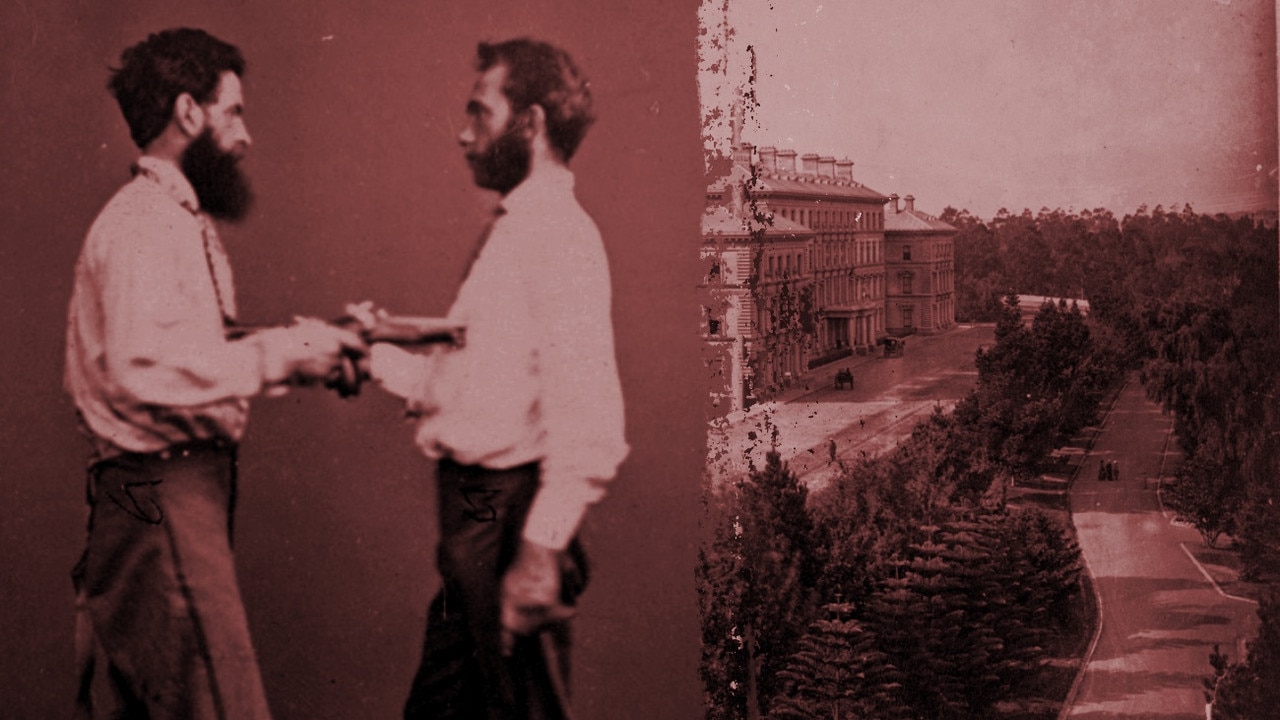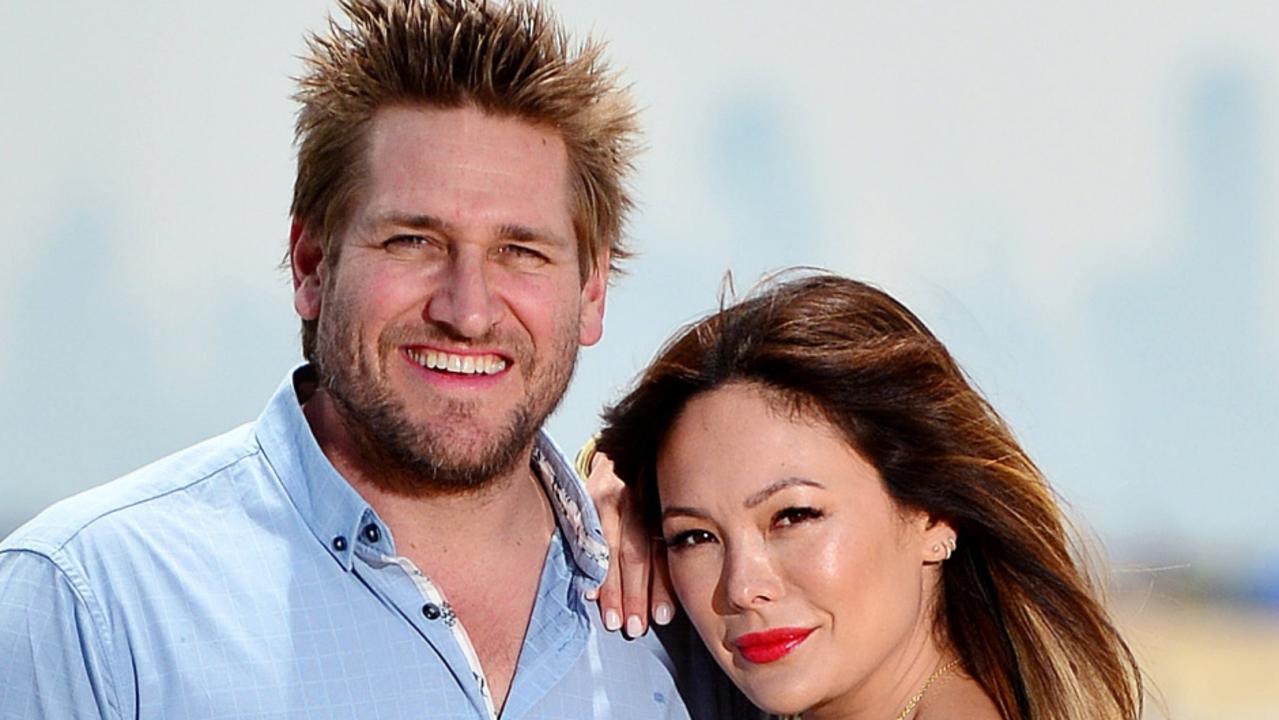The Southern Cross Hotel was home away from home for stars visiting Melbourne
The Southern Cross Hotel turned a dingy old market into a glamour magnet, hosting royalty, rock stars and Hollywood big shots. So how did the Southern Cross lose its sparkle?
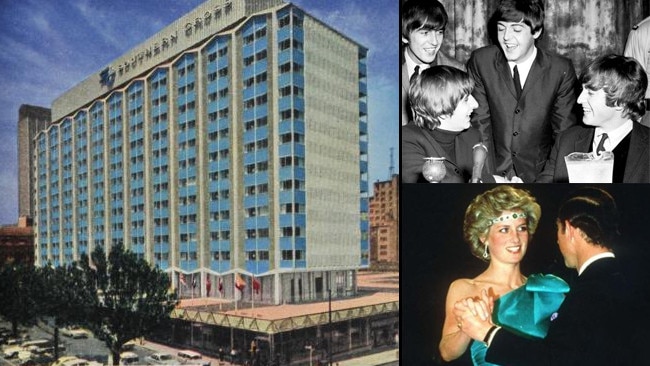
Melbourne
Don't miss out on the headlines from Melbourne . Followed categories will be added to My News.
The Southern Cross Hotel was Australia’s first modern international hotel, and it was the last word in American-style 1960s glamour and luxury.
It was a magnet for the jetset, catering for the world’s biggest stars, and was the place for Melbourne sophisticates to mingle.
But the hotel lasted only 33 years before it was closed. What was once Melbourne’s finest modern international hotel became a reviled eyesore before it was finally, mercifully, demolished.
THE LAVISH EARLY DAYS OF HOTEL WINDSOR
HOW THE BEATLES DAZZLED MELBOURNE
WHEN MELBOURNE BOASTED A HOST OF RACETRACKS
The site occupied by the Southern Cross Hotel, which was bounded by Bourke, Exhibition and Little Collins streets, was once Melbourne’s Eastern Market.
With the advent of high-speed air travel in the 1950s shrinking the world, the Melbourne City Council fixed on the market site as the place to build an international hotel to cater for a new class of traveller — jetsetters who conducted business internationally and well-to-do foreigners who saw global travel as an adventure rather than a trek.

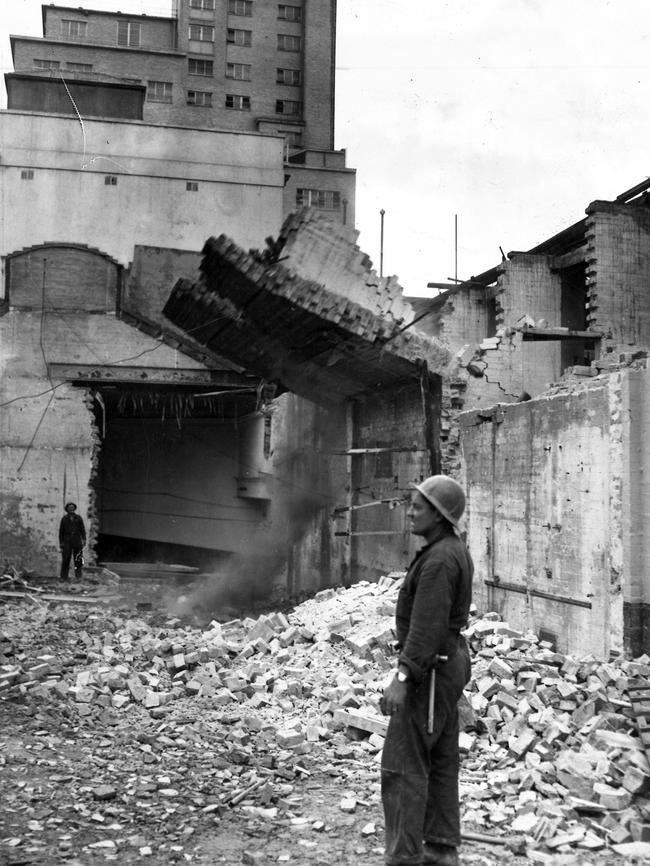

A local consortium partnered with the Intercontinental hotel group, owned by American airline Pan Am, to construct the Southern Cross Hotel.
American and Australian architects co-operated on the ultra-modern design of the hotel as the market demolition began in 1960.
The Southern Cross Hotel, with its pastel blue-tiled exterior, opened on August 24, 1962 at a cost of £5.25 million (that’s about $152.5 million in today’s money).
Prime Minister Robert Menzies opened the hotel, with the event broadcast live on television.
The Intercontinental Corporation president, Robert Huyot, told the Herald following the opening that he had attended the opening of the company’s new hotel in Jakarta just two weeks earlier.
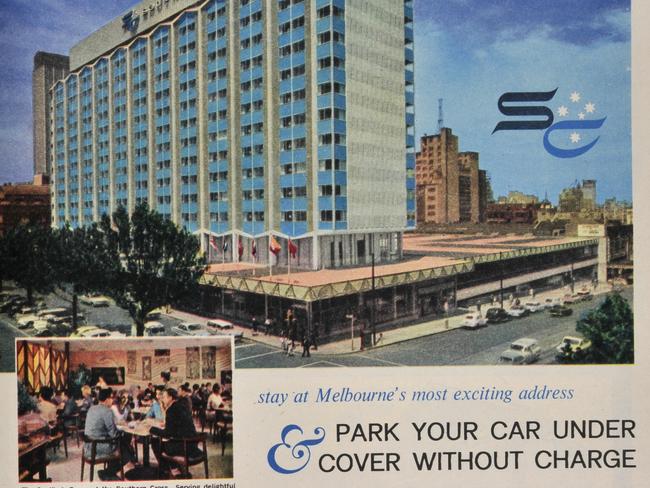
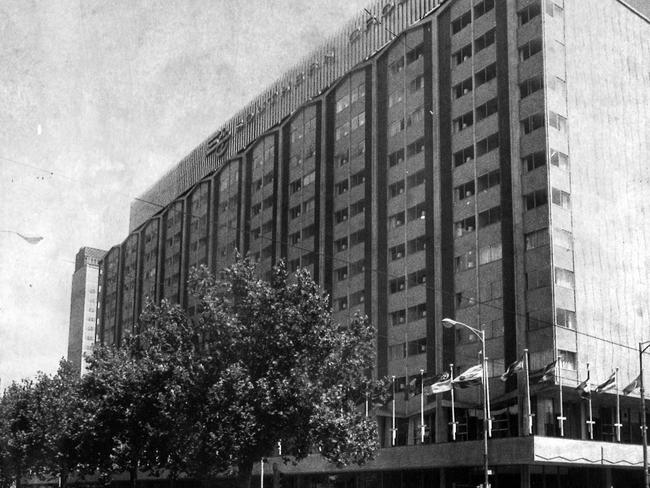
“I believe this is the finest of the 27 hotels we have operating, or under construction, in six continents”.
Melbourne had never seen anything like it — and wouldn’t see anything like it again.
The Southern Cross was light years ahead of the ornate Windsor Hotel, then Melbourne’s most luxurious accommodation.
The ultra-modern 11-storey tower housed 435 rooms.
The striking design included long, white hexagonals with blue mosaic tiles in 23 different shades over a wide, low-rise, two-storey plaza with a rooftop garden area and fountain, and 60 shops and offices.
AUSTRALIA’S FIRST AMUSEMENT PARK WAS IN CREMORNE
EARLY MELBOURNE SITES THAT SHAPED OUR HISTORY
Rooms started at £4 in the early days (about $116 today).
Located on the rise at the eastern end of what was then the rather squat CBD, the Southern Cross gave visitors commanding views across the metropolitan area.
Piped music, radio, television, a bathroom and airconditioning with individual temperature control were available in every room, with newspapers delivered to guests at 7am.
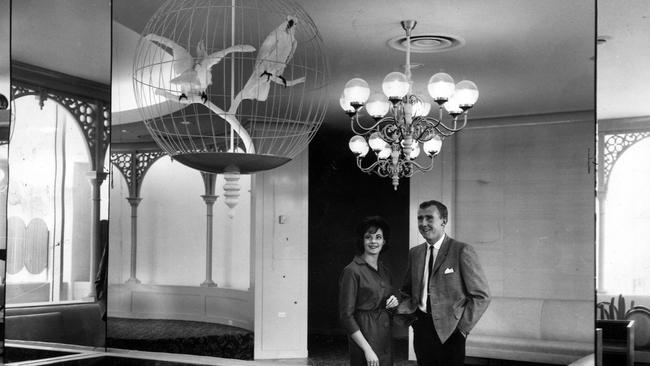
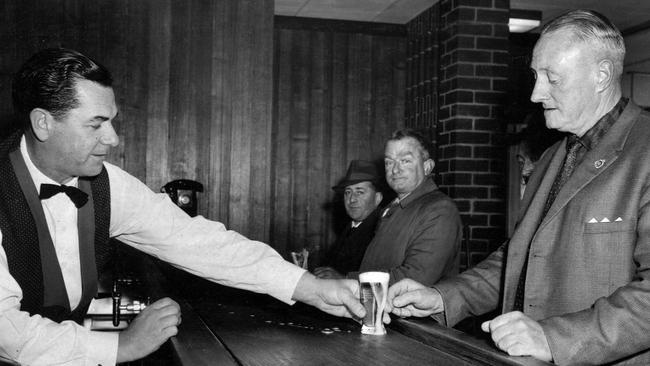

The interior of the hotel was designed in a style known as featurist and screamed “Australia!” in the loudest way possible amid the otherwise modern American decor.
Rooms were decorated in one of seven colour schemes and in different themes.
The hotel complex included a large retail area that sprawled across several levels across the whole one-hectare site, with a wide open-air “garden plaza”, an 11-storey tower above containing the hotel’s 435 rooms and a 350-space underground car park.
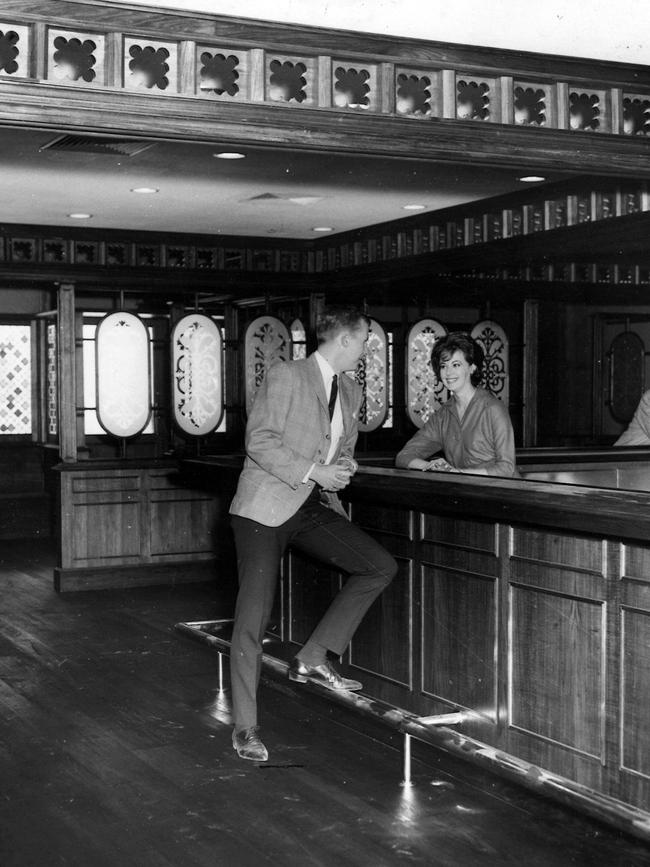
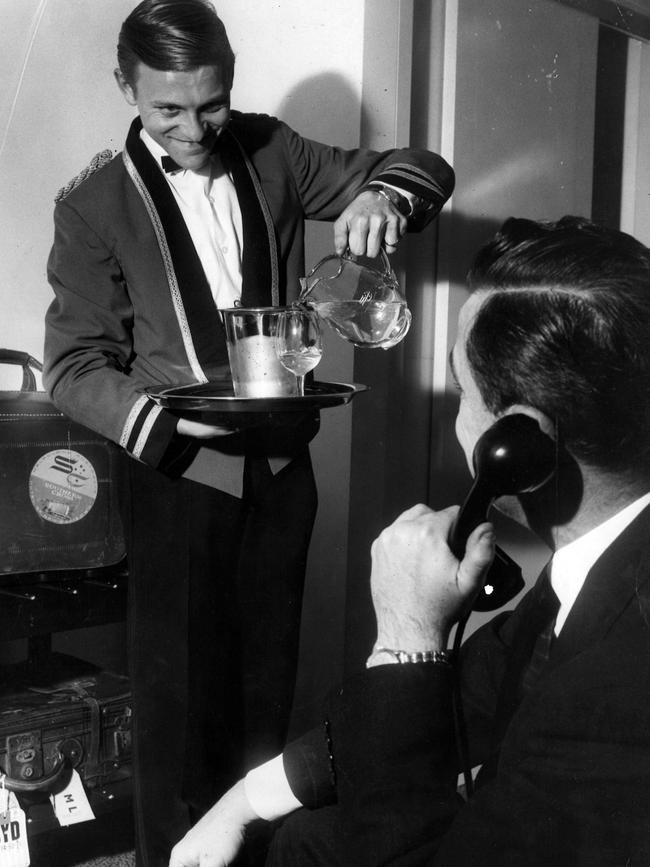
The idea was to give weary travellers everything they needed right there in the hotel complex.
There were four bars including The Tavern, which featured carved blackwood fittings and extensive use of stained leadlight glass in the style of an English pub, the Wilawa cocktail bar, a sporting bar known as The Pub and the Public Bar.
There was a bowling alley and at various times the retail offering included offices for airlines, a tourism bureau, men’s and women’s fashions, a jeweller, car hire, a limousine service, a pharmacy, a bottle shop, a TAB, gift shops, a theatre booking service, a toy shop and hairdressers.


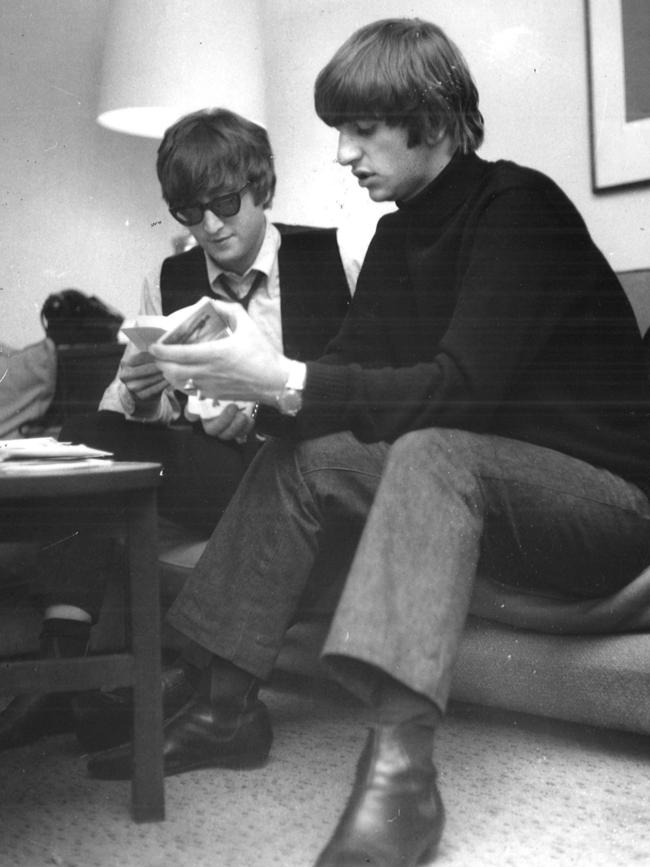

TRAVEL BACK IN TIME IN SWANSTON ST
SLICES OF VICTORIAN LIFE WE MISS
JUDY GARLAND BOOED FROM MELBOURNE STAGE
It also boasted restaurants such as the Mayfair Room, a fine dining establishment that served delicacies as diverse as coq au vin and kangaroo tail matilda soup and was decorated with wrought iron acquired from a site in Carlton, light fittings reminiscent of Victorian-era gas lights and a pair of cockatoos in a cage — stuffed so the squawking didn’t spoil the otherwise elegant atmosphere.
There was also the more relaxed Coolibah, with Aboriginal-style artefacts highlighted on the walls, and the Club Grill — great for a steak and potatoes baked in foil.
There was even a gaily decorated ice-cream parlour.
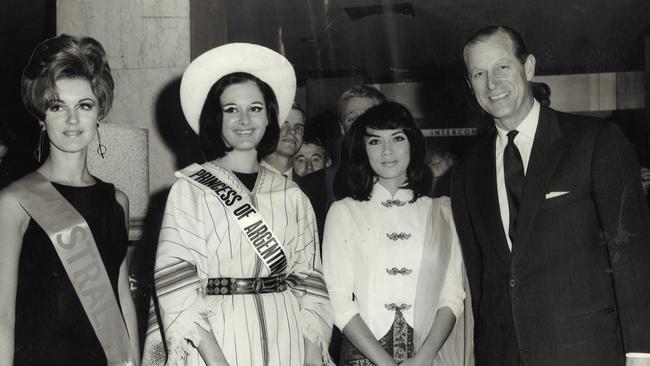
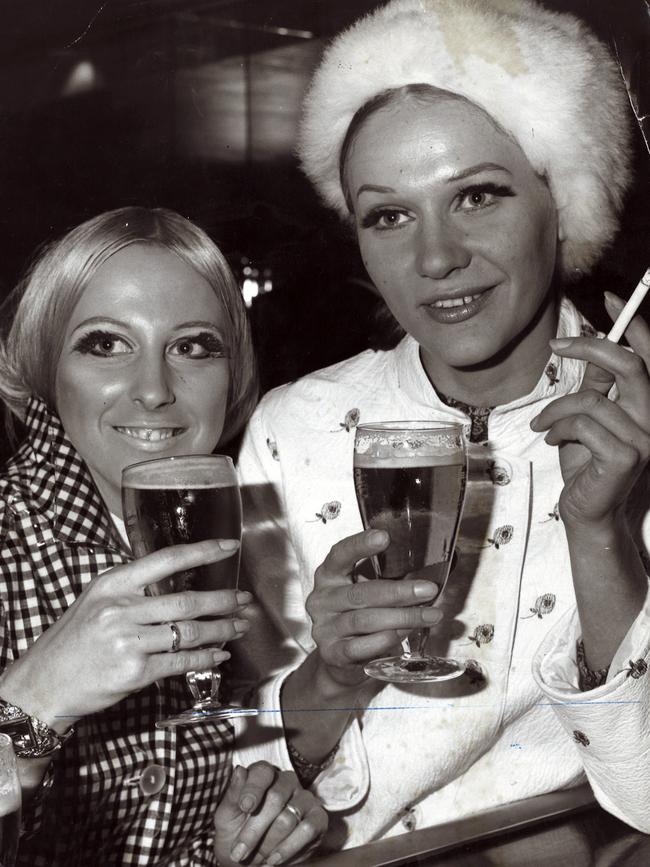
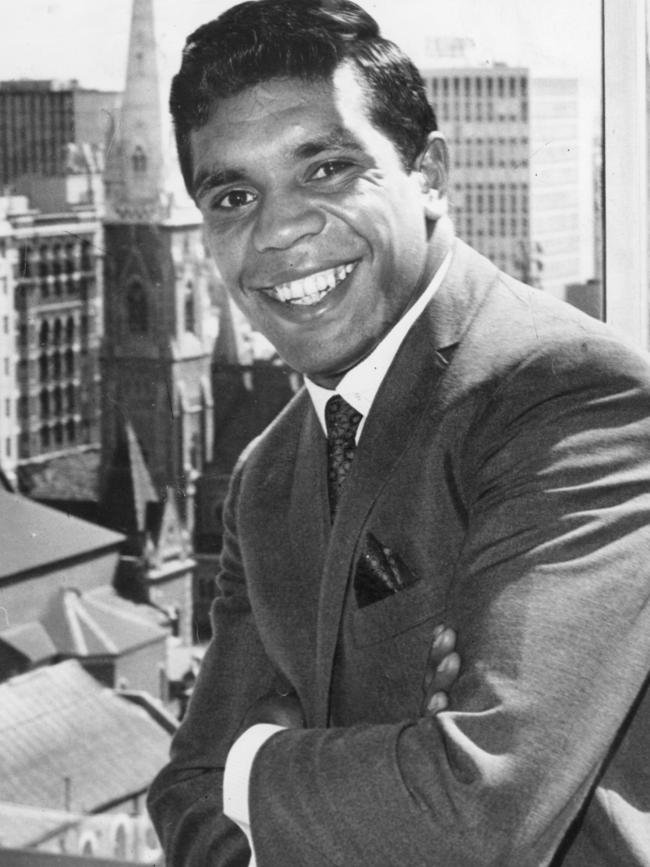
Guests in Melbourne on business could request the services of a typist or stenographer, and a teleprinter delivered news 24 hours a day.
The hotel had strict dress codes in its early years.
The Australian Food History Timeline reports that in the late 1960s, when women’s pant suits rivalled mini skirts in popularity, one woman was refused entry to a Southern Cross restaurant because her pant suit was not up scratch.
Inventively, she simply removed her slacks, let her suit jacket double as a mini skirt and strode inside, unchallenged.
Large function rooms including a ballroom attracted a host of events in the hotel’s history including the VFL’s Brownlow Medal count, the North Melbourne grand final breakfast, the TV Week Logie Awards, dance sport competitions, real estate and stock auctions and Liberal Party election night soirees (Sir Robert Menzies did open the hotel, after all).
Some of the biggest stars in the world stayed at the Southern Cross in its day.

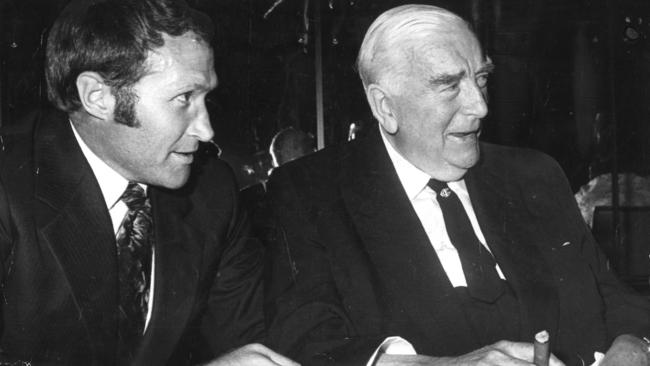
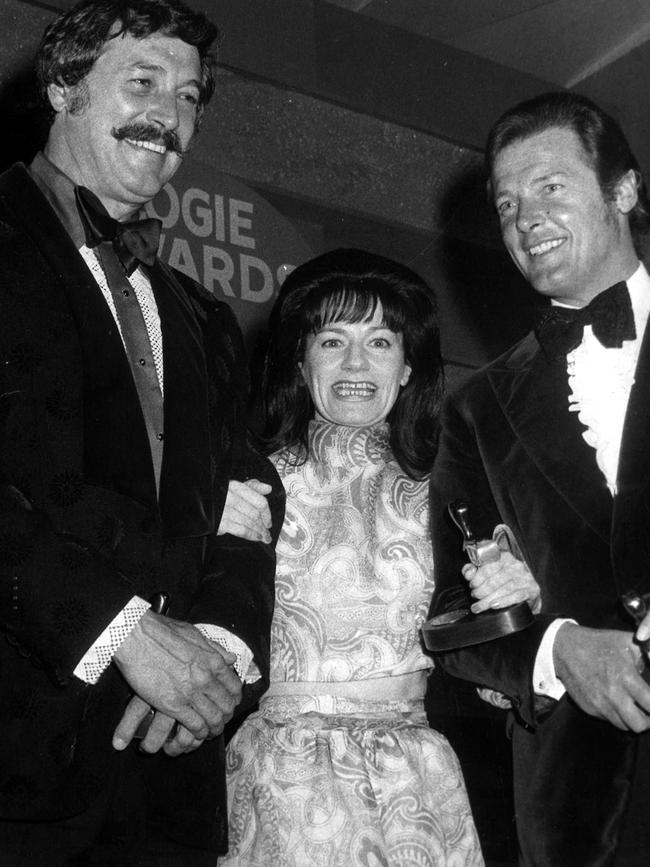

Most famously, when the Beatles came to town in June 1964, tens of thousands of screaming fans blocked Exhibition St for a glimpse of the Fab Four.
Ambulance crews carried some young fans to safety after they collapsed, overwhelmed by the crush and the excitement.
Those scenes were repeated in late-1975 when the Bay City Rollers came to play in Melbourne.
Some of Hollywood’s greatest stars also came to stay including Judy Garland — who was booed from stage at Festival Hall and hid from the world at the Southern Cross before departing for Sydney — Marlene Dietrich, John Wayne, Rock Hudson, and Roger Moore were among the big name guests that called the Southern Cross home for a brief stay.
It was there that Michael Cole, the star of TV’s Mod Squad, drank all day and attended the Logies rolling drunk in 1973.
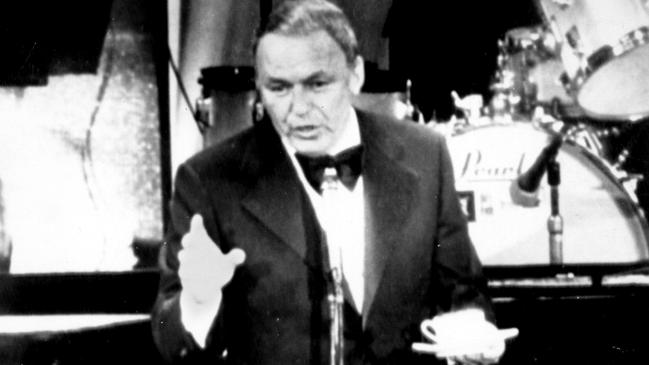

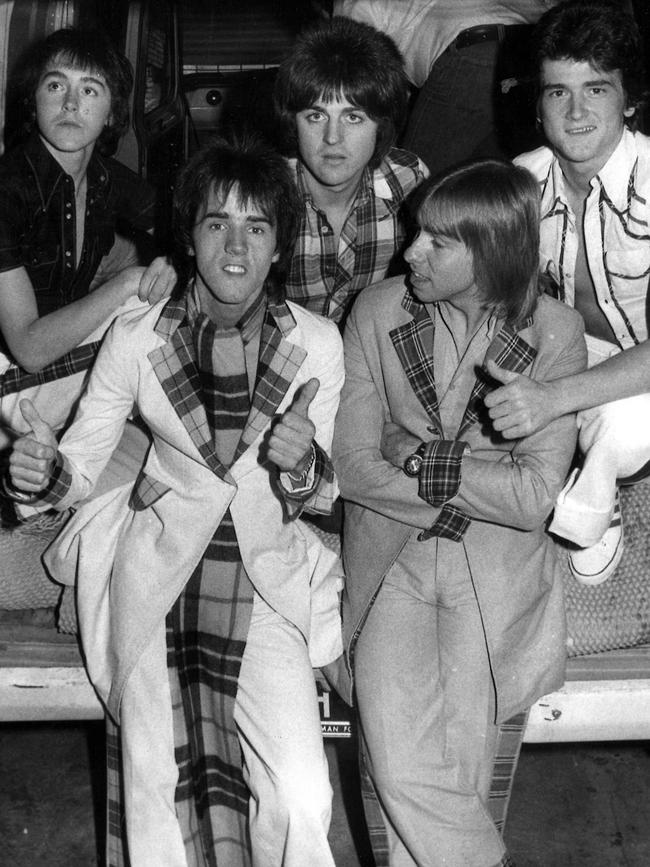
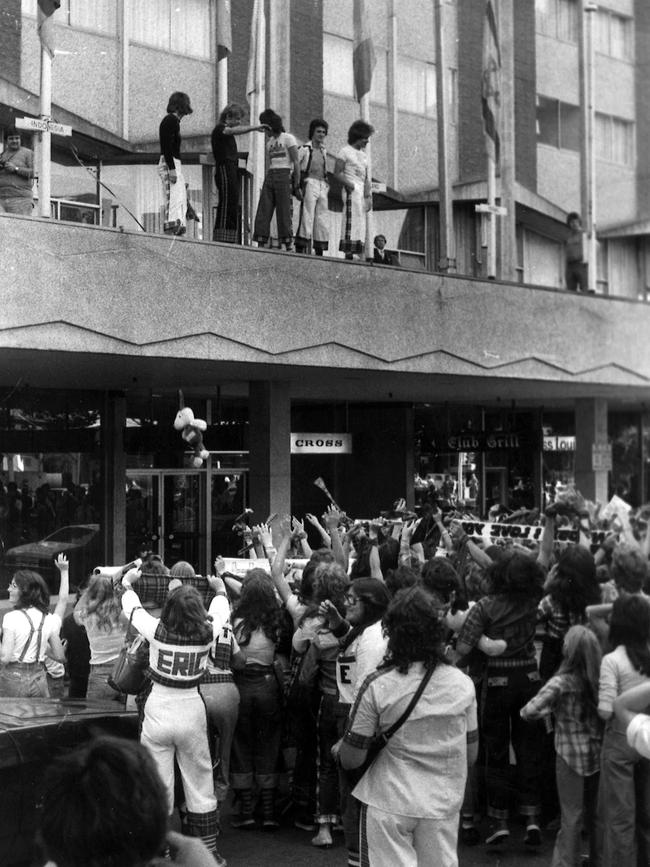
Legend has it he tipped a waiter $20 to ensure the grog kept coming. He then got up on stage to accept an award and uttered a little word starting with ‘s’ that scandalised the Australian public.
Frank Sinatra’s stay at the Southern Cross was a less-than happy one.
Cranky Frankie made an off-the-cuff remark at his first Festival Hall concert describing Australian journalists “parasites” and female reporters “broads and hookers”.
The comment caused the Australian Journalists’ Association to demand an apology (Sinatra demanded an apology from journos by way of reply) and caused musician and theatre unions to black ban his next Melbourne show. Unionised transport workers, who refused to re-fuel Sinatra’s flights, and hotel workers joined the fray.
STARS WHO FOUND TROUBLE IN MELBOURNE
Sinatra had booked the top floor of the Southern Cross for he and his entourage. They found themselves effectively barricaded there, engrossed in talks with unions and then-ACTU boss Bob Hawke in an effort to come to a consensus.
They didn’t. Sinatra slipped out a side entrance, screened by police and security staff, and he flew out on an Air New Zealand flight back to the United States, vowing never to return to Australia. He did, 14 years later.
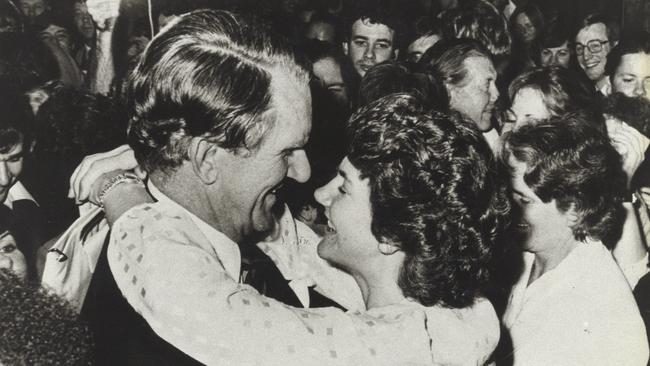


With one eye on the launch of the Hilton Hotel in Wellington Pde, East Melbourne, the Southern Cross was extensively refurbished in 1974, which removed some of the kitschy featurist decorations that adorned the hotel.
In 1977, with Pan Am in financial trouble, Intercontinental sold the hotel to an Australian consortium
By the 1980s, though, the Southern Cross was starting to look decidedly old hat as more modern hotels like the Regent, the Hyatt and Menzies at Rialto. Sixties charm with a ‘70s makeover didn’t cut it in the modern marketplace.
In 1985 the ballroom was the scene of one of the most memorable moments in the marriage of the Prince and Princess of wales.
Footage of the royal couple dancing at a charity function, Diana’s stunning turquoise gown whirling as Charles swept Diana across the parquetry floor, is long remembered by royal watchers.
The $500,000 addition of a pool, spa and tennis court in the garden plaza in 1987 did little to arrest the trend away from the iconic hotel.

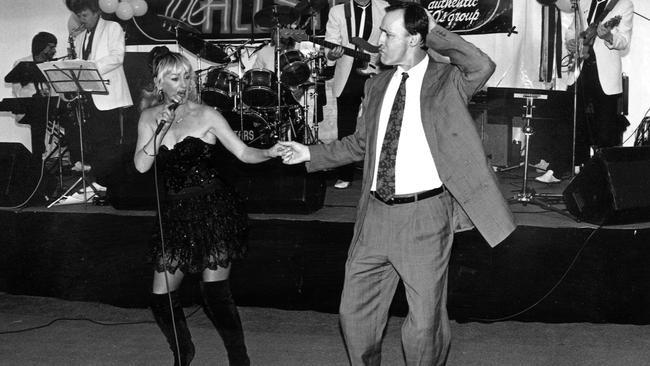
By the early ‘90s, those striking blue mosaic tiles were painted a hideous beige, with the white columns painted brown.
The Republic of Nauru bought the Southern Cross in 1994 and closed the hotel for a promised major redevelopment the following year that was designed to restore the it’s place as one of Melbourne’s great hotels.
RED RATTLERS, COLES CAF: LOST SLICES OF VIC LIFE
MELBOURNE’S DARK EARLY SECRETS REVEALED
The Heritage Council of Victoria and the National Trust (Victoria) objected, even though many in the architectural elite detested the building’s featurist style.



National Trust expert Rohan Storey urged the Southern Cross to be protected in a Trust News article titled “Bad Taste is Important Too”.
The new owners erected construction hoardings and partly demolished the retail plaza, including the bowling alley.
And that’s when the money ran out.
The Nauruan government, already deeply in debt following a series of poor investments from its phosphate mining royalties, could not complete the work, turning the Southern Cross Hotel into one of Melbourne’s most loathed eyesores.
It took until 2003 for wreckers to put an end to Australia’s first great international hotel.
A glass-fronted office block, the Southern Cross Tower, now stands on the site.

